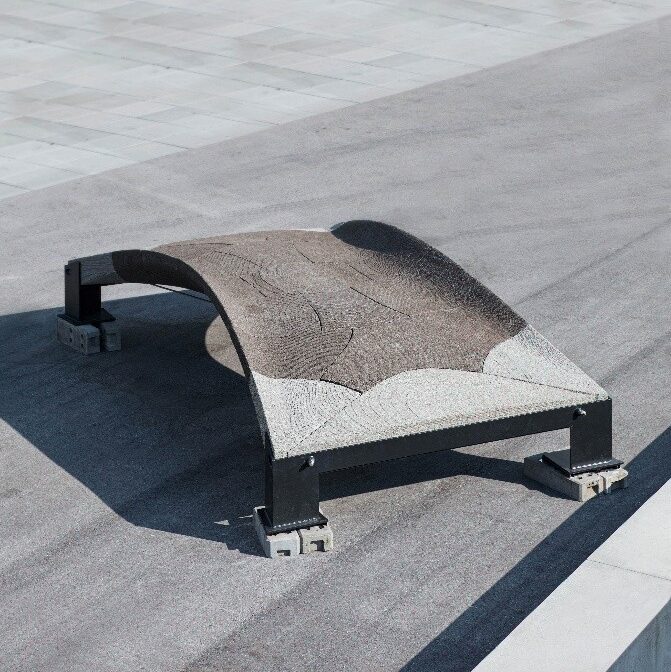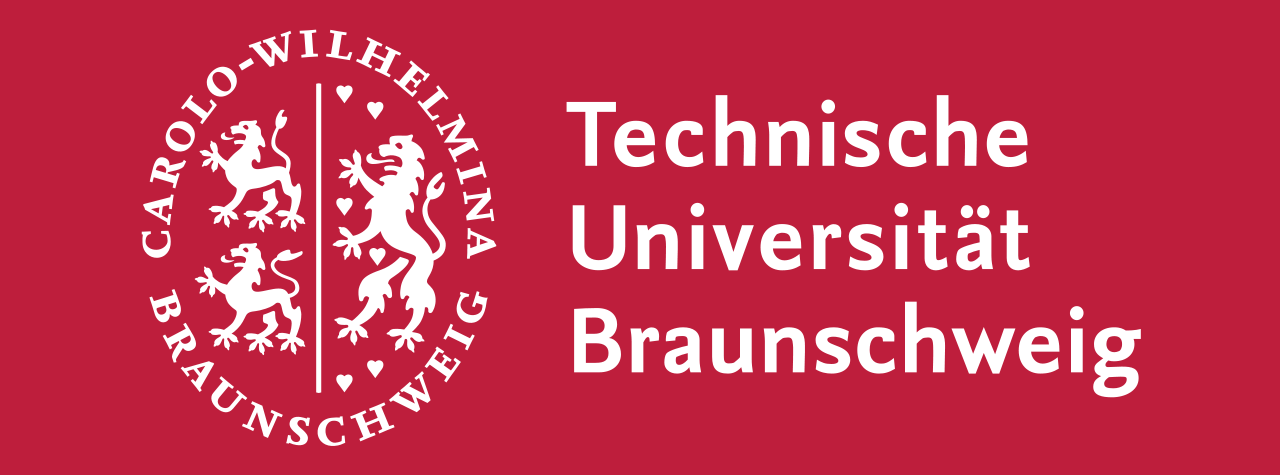Research Summary Report of C02
3D Structural Puzzle – Numerical Multi Scale Shape and Topology Optimisation Methods to Additively Manufacture Optimal Structures from Optimised Pieces
[06.02.2025]
M. Sc. Christiane Richter Researcher, christiane.richter@tum.de
Prof. Dr. Pierluigi D’Acunto Project Leader, pierluigi.dacunto@tum.de
Technische Universität München (TUM), Professorship of Structural Design (SD)
Current building practices often adopt a sequential design approach, where architectural, structural, and fabrication aspects are addressed independently, resulting in excessive material consumption. The CO2 project aims to establish a Holistic Design Framework (HDF) integrating the above-mentioned aspects. Within this framework, additive manufacturing facilitates structural optimization by enabling the production of bespoke geometries for an effective use of material resources. Departing from the conventional sequential approach, the HDF concurrently integrates low-fidelity Discrete Optimization Approaches and high-fidelity Continuum-based Optimization Approaches (multi-fidelity). The HDF tackles a range of additive manufacturing processes by operating across different scales (multi-scale) and accommodating diverse materials (multi-material) (Fig. 2).
Summary
Traditional construction addresses architecture, engineering, and fabrication sequentially, leading to material overuse and inefficiency. The C02 Project: 3D Structural Puzzle tackles these challenges with its Holistic Design Framework (HDF), an innovative approach integrating advanced computational design, structural optimization, and additive manufacturing. By unifying these steps, the HDF facilitates resource-efficient designs that are both technically advanced and ecologically sustainable. A central component of the HDF is the Discrete Optimization Approach (DOA), a method for conceptualizing structures grounded in graphic statics—a visual framework to evaluate how forces flow through a structure. This method enables designers to intuitively manipulate a structure’s shape and internal force distribution, leading to designs with exceptional structural performance. The DOA is both fast and adaptable, capable of accommodating various materials and connecting easily with more advanced optimization techniques. A key milestone in the development of the HDF and DOA is the Bridge the Gap demonstrator (s. Fig. 1), a compression-only, additively manufactured pedestrian bridge. Specifically, the project employed Selective Paste Intrusion (SPI), a powder-bed method for cementitious materials. This project highlights how the integration of DOA with advanced optimization and additive manufacturing can reduce material waste while ensuring structural integrity. In summary, this research addresses inefficiencies in traditional construction and promotes sustainable practices, demonstrating how additive manufacturing can emerge as a viable, competitive solution for a greener, more cost-effective built environment.
Current state of research
Discrete optimisation approaches, such as Combinatorial Equilibrium Modelling (CEM) and Vector-based Graphic Statics (VGS), enable an intuitive exploration of structural geometries and internal force distributions. Over the past few months, we have conducted a comparative analysis of these methods alongside other form-finding techniques for discrete strut-and-tie networks, such as the Force-Density Method (FDM). This analysis has significantly improved our understanding of their respective advantages and limitations. Furthermore, the continuous technical exchange with our colleagues led by PL Wüchner has resulted in a more profound comprehension of each other’s workflows, essential input parameters, and potential outputs. The insights derived from these preliminary considerations are informing strategic decisions regarding their optimal application and necessary methodological extensions and have culminated in the formulation of initial concepts for an exchange and the definition of meaningful application scenarios.
An essential aspect of the research is the incorporation of additive manufacturing (AM) constraints into the design process. As AM technologies, such as 3D printing using cement or earth-based materials, are increasingly used in construction, understanding their specific characteristics, limitations, and strengths becomes crucial. These constraints—such as material properties, layer thickness, and printing orientation—need to be integrated into the design framework to ensure that the optimized solutions are feasible to manufacture. By working closely with research groups in the A area focused on process and material technologies, we are developing methods to translate these specific fabrication constraints into generalized input parameters for the DOA. This will allow the framework to adapt to different production methods, making it possible to design for a wide range of construction materials and techniques.








